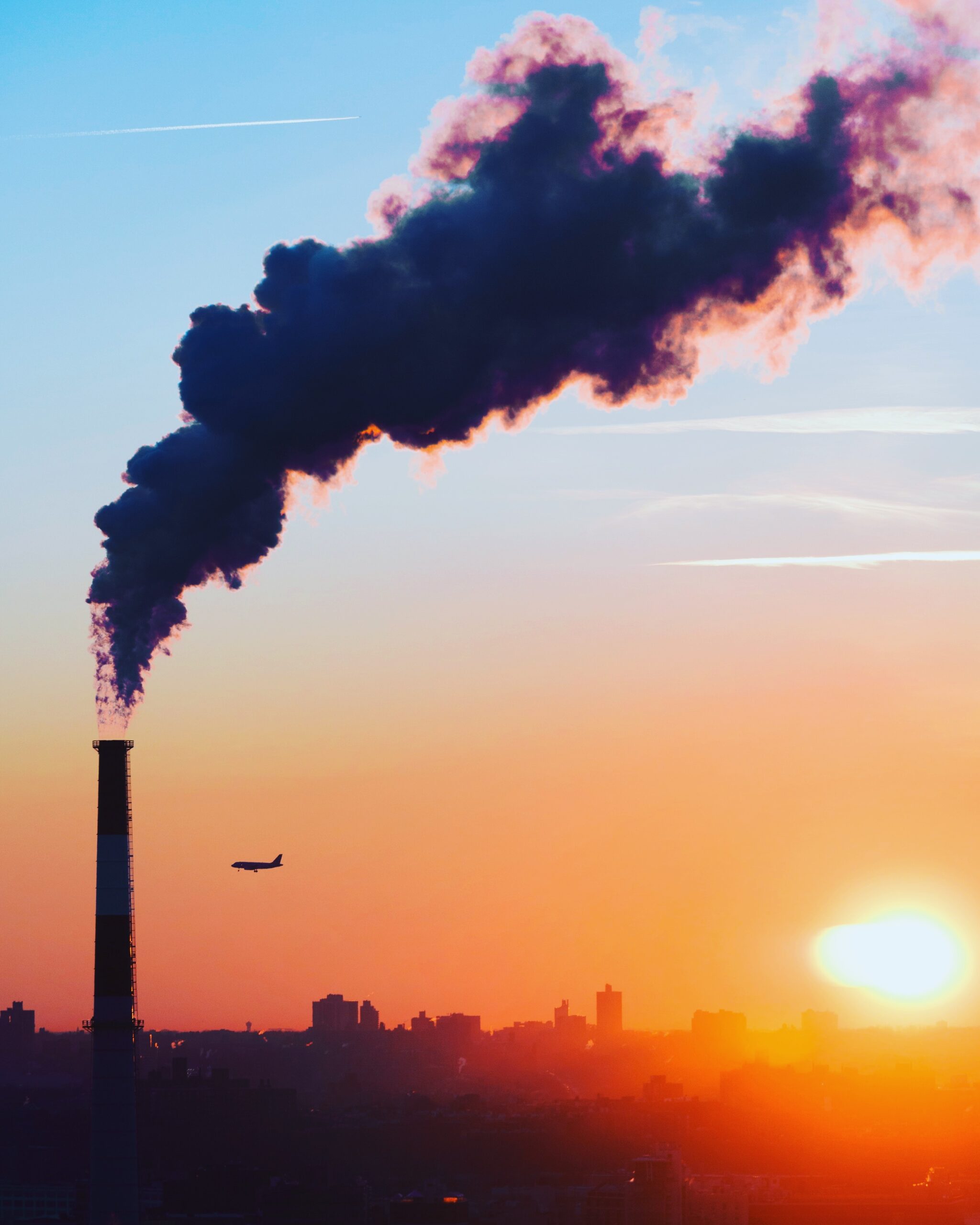Black civil rights leader Benjamin Chavis coined the term “environmental racism” back in the 80s as a way to describe the situation of environmentally harmful facilities primarily in minority communities. Essentially, these communities are disproportionately affected by the pollution of facilities positioned near their homes, which is a major health concern.
This unequal treatment is often not overt, making the issue of environmental racism particularly scary. Statistics prove that a greater proportion of communities living near toxic plants and facilities are poorer, immigrant-inhabited, or predominantly non-white. The government and mega corporations are to blame for this. Historically, regulations regarding health and well-being have always favoured richer, white communities and this tradition continues today as another cog in the machine of systematic oppression. This is due to the belief that these lower-income areas are not as valuable. Thus, they face the brunt of the undesirable effects of mass pollution caused by mass manufacturing and industrialism.
The instances of environmental racism are plentiful, however, I will focus on two to demonstrate the pervasive effects they have on communities.
In North America, the indigenous population is often subject to environmental racism. One example of this is the mercury pollution that has occurred in Grassy Narrows First Nation. Back in the mid-20th century, the Reed Paper mill company dumped over 9,000 kilograms of mercury waste into the Wabigoon River of which the Grassy Narrows and Wabaseemoong First Nations lived downstream. Even today, there are still chemicals in the river poisoning fish, an important source of food for the communities. 90% of people tested from both nations have also shown evidence of mercury poisoning. Though they have campaigned for decades to get the chemicals cleaned from the river, the government has done little to fix the issue. In 2017, the province of Ontario announced they would spend $85 million to clean the mercury contamination from the river, which will be led in part by the First Nations of the area. The neglect paid to the First Nations’ suffering highlights the abhorrent attitudes of the government regarding their people. The fact that it took almost 60 years for anything to be done to counteract the damage caused should not be overlooked and is a reminder of why the issue of environmental racism is so serious.
One of the most infamous environmental disasters of the past 10 years is the water crisis in Flint, Michigan. It began when the city of Flint switched their source of drinking water to the Flint River as a way to save money without properly testing the water. This caused massive health problems in the community that were overlooked by the government. High levels of lead and other contaminants resulted in a state of emergency being called for in early 2016. Though the town switched back to the original supply of water from Detroit’s system, it was too late and the community still faces the ramifications of their government’s carelessness. The majority of Flint’s residents are poor and black, which raises the question: Would the same disaster have come to fruition had the town been rich and white? Would the complaints of residents over the rancid, discoloured water be acknowledged? It’s impossible to say for sure, but the residents of Flint, Michigan remain victims of the neglect of those in power regardless.
So what can be done to counteract and prevent environmental racism in the future? The first step is to acknowledge the intersectionality of the issue; the environmental activist space needs to hear the voices of people of color and the working class. Often, these voices are the most ignored yet the most affected by policy. Moreover, we must educate ourselves on the problems at hand. Boycotting corporations with unethical practices and urging the government to pass protective environmental laws can reverse the damage caused by past mistakes. These actions safeguard the environment and affected communities. Nevertheless, it will ultimately take a massive overhaul to fix the systemic cracks that have resulted in our current situation, but there’s no time like the present to get started in advocating for change.
Edited by Isaac Yong

Hannah Hipólito is in her first year at McGill University pursuing a Joint Honours BA in Political Science and Sociology. She enjoys researching and writing about public policy and culture, especially in relation to education, civil rights, and gun control.

